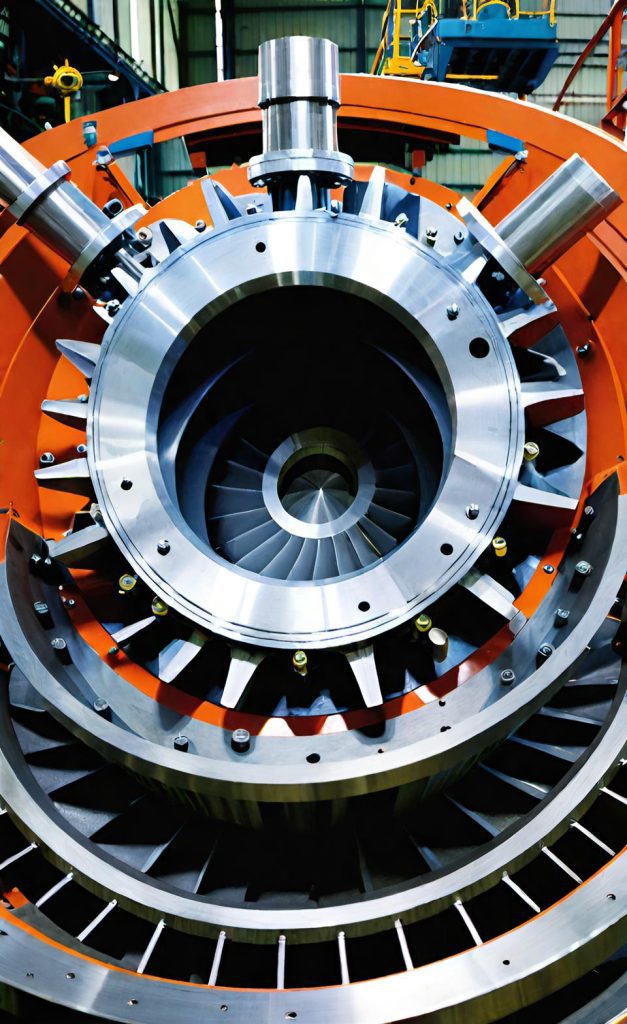Introduction: Why Turbomachinery/Pumps and Valves Homework Help is Essential
Turbomachinery, pumps, and valves are fundamental components in power generation, fluid transport, and industrial applications. These topics are crucial in mechanical, aerospace, civil, and chemical engineering, often requiring students to understand complex equations, flow dynamics, and mechanical efficiency.
This Turbomachinery/Pumps and Valves Homework Help guide provides in-depth explanations, problem-solving techniques, and external resources to improve your understanding and academic performance.

Understanding Turbomachinery, Pumps, and Valves
1. What is Turbomachinery?
Turbomachinery refers to machines that transfer energy between a rotor and a fluid, including turbines, compressors, and fans. These machines operate based on thermodynamic and fluid mechanics principles.
Types of turbomachinery include:
- Turbines: Extract energy from fluids (e.g., steam turbines, gas turbines, hydraulic turbines).
- Compressors: Increase fluid pressure (e.g., axial, centrifugal compressors).
- Fans & Blowers: Move air/gases at low pressure differences.
✅ External Resource: MIT OpenCourseWare – Turbomachinery
2. What Are Pumps?
Pumps are mechanical devices that move fluids by increasing pressure. They are classified into:
- Centrifugal Pumps: Use a rotating impeller to impart velocity to the fluid.
- Positive Displacement Pumps: Move a fixed fluid volume per cycle (e.g., piston, diaphragm pumps).
📌 Example Problem:
A centrifugal pump delivers 100 L/s at 50 m head with 80% efficiency. Find the power required.
✅ Solution:
Using Hydraulic Power Equation: P=ρgQHηP = \frac{\rho g Q H}{\eta}P=ηρgQH P=(1000)(9.81)(0.1)(50)0.8P = \frac{(1000)(9.81)(0.1)(50)}{0.8}P=0.8(1000)(9.81)(0.1)(50) P=61.3kWP = 61.3 kWP=61.3kW
Thus, the pump requires 61.3 kW of power.
✅ External Resource: Engineering Toolbox – Pump Calculations
3. What Are Valves?
Valves control fluid flow in pipelines and machinery. Common types include:
- Gate Valves: On/off control with minimal pressure drop.
- Globe Valves: Used for throttling flow.
- Check Valves: Prevent backflow.
- Ball Valves: Quick shutoff with a rotating ball.
📌 Example Problem:
A globe valve experiences a pressure drop of 10 kPa. If the flow rate is 0.05 m³/s, find the power loss.
✅ Solution:
Using Power Loss Formula: P=QΔPP = Q \Delta PP=QΔP P=(0.05)(10,000)P = (0.05)(10,000)P=(0.05)(10,000) P=500WP = 500 WP=500W
Thus, the valve dissipates 500 W.
✅ External Resource: Valve Basics – Hydraulics & Pneumatics
Key Equations in Turbomachinery/Pumps and Valves
1. Euler’s Turbomachinery Equation
h=U2Vw2−U1Vw1h = U_2 V_{w2} – U_1 V_{w1}h=U2Vw2−U1Vw1
Where:
- hhh = Energy added per unit mass
- UUU = Blade velocity
- VwV_wVw = Whirl velocity
📌 Application: Used in steam turbines, hydraulic turbines, and compressors.
2. Pump Efficiency Equation
η=Output PowerInput Power\eta = \frac{\text{Output Power}}{\text{Input Power}}η=Input PowerOutput Power
- Centrifugal pumps usually have 50-90% efficiency.
- Positive displacement pumps have higher efficiency (up to 95%).
3. Flow Coefficients in Valves
Cv=QSGΔPC_v = Q \sqrt{\frac{SG}{\Delta P}}Cv=QΔPSG
Where:
- CvC_vCv = Flow coefficient
- QQQ = Flow rate
- SGSGSG = Specific gravity
- ΔP\Delta PΔP = Pressure drop
📌 Application: Helps in valve selection for fluid systems.
✅ External Resource: Flow Coefficients – Engineering Toolbox
Common Homework Problems in Turbomachinery/Pumps and Valves
Problem 1: Hydraulic Efficiency of a Water Turbine
Question: A Pelton wheel turbine receives 200 kW from water and delivers 150 kW mechanical power. Find hydraulic efficiency.
✅ Solution: η=PoutputPinput×100\eta = \frac{P_{\text{output}}}{P_{\text{input}}} \times 100η=PinputPoutput×100 η=150200×100=75%\eta = \frac{150}{200} \times 100 = 75\%η=200150×100=75%
Thus, the turbine has 75% efficiency.
Problem 2: NPSH Calculation in a Pump
Question: A pump has suction pressure of 50 kPa, vapor pressure of 10 kPa, and velocity head of 2 m. Find the Net Positive Suction Head (NPSH).
✅ Solution: NPSH=Psuctionρg+hv−PvaporρgNPSH = \frac{P_{\text{suction}}}{\rho g} + h_v – \frac{P_{\text{vapor}}}{\rho g}NPSH=ρgPsuction+hv−ρgPvapor NPSH=509.81+2−109.81NPSH = \frac{50}{9.81} + 2 – \frac{10}{9.81}NPSH=9.8150+2−9.8110 NPSH=5.1mNPSH = 5.1 mNPSH=5.1m
Thus, the pump’s NPSH is 5.1 m, ensuring no cavitation occurs.
How to Excel in Turbomachinery/Pumps and Valves Homework
- Master Key Concepts: Understand energy transfer in turbines, pumps, and valves.
- Apply Correct Equations: Identify whether a problem requires Bernoulli’s Equation, Euler’s Equation, or efficiency formulas.
- Use Online Simulations: Websites like Fluid Mechanics Simulator help visualize flow systems.
- Practice Regularly: Solve diverse problems to improve problem-solving skills.
- Seek Professional Help: Use Chegg or Coursera for additional tutoring.
Additional Resources for Turbomachinery/Pumps and Valves Homework Help
Conclusion: Mastering Turbomachinery, Pumps, and Valves
Turbomachinery, pumps, and valves play a vital role in industrial and engineering applications. This Turbomachinery/Pumps and Valves Homework Help guide provides a structured approach to solving homework problems, understanding key concepts, and improving academic success.


